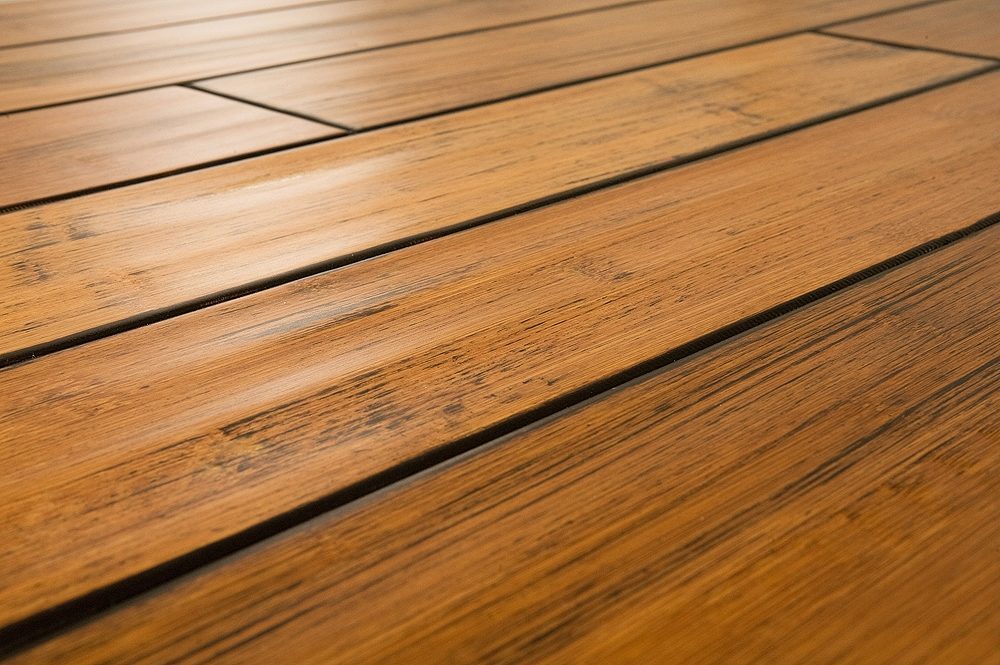
Customers who are planning on installing an engineered wood floor often ask whether or not they need to leave an expansion gap. If you’re hiring a professional fitter, they will take care of all the dos and don’ts as well as all the things that need to be considered in order for your engineered wood flooring to be installed properly and in order for you to be satisfied with a perfect final result. But, if you want to do it yourself and you’re not really an expert in this field, make sure you double-check every detail, making sure all the requirements are met.
Expanding and contracting
Even though engineered wood flooring is made from plywood combined with a lamella or top layer made of solid wood, such floors are also affected by expansion and contraction caused by ambient conditions. It happens because wood is a natural product, thus expanding and contracting due to humidity and temperature fluctuations. It is obvious that solid wood floors, made from a single piece of timber, are more prone to expansion and contraction, but you shouldn’t forget about this factor in the case of engineered wood floors either.
And even though engineered wood floors are much better for interiors with changing temperatures and humidity fluctuations, as compared to solid wood floors, you still need to remember about possible expansion and contraction and anticipate the results these processes may have on your floor. Therefore, when fitting an engineered wood floor, you also need to leave an expansion gap. If you fail to do so, you may be confronted with serious problems later on.
Where to leave expansion gap?
Leave such expansion gaps everywhere where the floor meets a fixed object, such as: next to doorways, walls or heating pipes. In general, it is widely accepted that you need to leave an expansion gap of one and a half millimetre all the way around a given interior and wherever there’s a fixed object. Separate guidelines apply to larger interiors – in such a case there should be an expansion gap allowance once every 8 metres of width and 12 metres of length. However, should you have any concerns or doubts as to how large a gap to leave and how often it should be included when fitting an engineered wood floor, always seek expert advice. It’s better to ask twice, than end up with unsightly warps or other sort of problems in the future.
Is expansion gap always required?
As far as the choice of the fitting methods is concerned, you’ve got many different options, the most frequent and the most popular being the glue-down method. The only case in which expansion gaps are not required for the engineered wood floor when working over large areas is a full glue-down fitting method. Nevertheless, even when using this method you need to remember to leave a 1.5 mm expansion gap wherever the engineered wood flooring meets a fixed object, so as to enable expansion and contraction without the undesirable side effects.
| Mon-Fri | 8:00AM – 5:00PM |
| Saturday | 10:00AM – 4:00PM |
| Sunday | 11:00AM – 3:00PM |





.svg)
.svg)